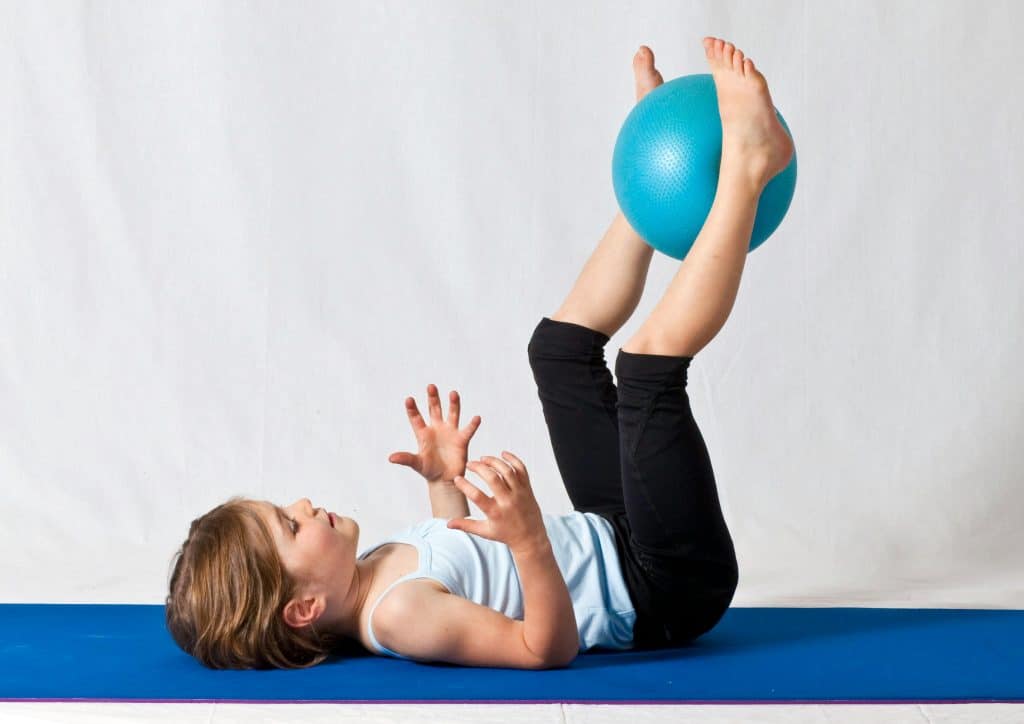Have you ever watched your child struggle with a task that seems simple to others? Maybe they have difficulty tying their shoelaces or can’t quite catch a ball. These could be signs of dyspraxia, a neurodivergent condition that affects motor skills. As a professional who works with children, I’ve seen how dyspraxia can impact a child’s daily life. But I’ve also seen how early identification and intervention can make a difference. In this blog post, we’ll explore what dyspraxia is and have a dyspraxia test at the end that can help you determine your next steps.
Table of Contents
Understanding Dyspraxia
Dyspraxia, also known as Developmental Coordination Disorder (DCD), is a common condition that affects motor coordination. It’s not a reflection of a child’s intelligence — many kids with dyspraxia are exceptionally bright. However, their brains process information in a different way, which can make physical tasks more challenging.
For instance, you might notice your child having trouble with tasks that involve fine motor skills, such as using scissors or buttoning a shirt. They might also struggle with activities that require gross motor skills, like jumping or running. But remember, every child is unique, and dyspraxia can manifest differently in each individual.

Read more: How Can I Tell If I Have a Neurodiverse Child?
Identifying the Signs
Recognizing the signs of dyspraxia is the first step towards getting your child the needed help. Early identification can lead to effective interventions and strategies to help them overcome these challenges.
- Difficulty with gross motor skills: This might include problems with balance, coordination, or physical activities like sports.
- Struggles with fine motor skills: These could manifest as trouble with tasks such as writing, tying shoelaces, or using utensils.
- Issues with speech: Dyspraxia can also affect a child’s speech, causing them to speak slowly or have difficulty pronouncing words.
- Problems with learning: Kids with dyspraxia may struggle with organization and following instructions.
Goally’s Dyspraxia Test
Identifying dyspraxia early can significantly affect a child’s life. Goally’s dyspraxia test is designed to help parents understand if their child’s challenges might be due to dyspraxia. This test is not a substitute for a professional diagnosis but can be a useful starting point for parents.
Remember, dyspraxia is just one aspect of your child. With your love and support, they can overcome any challenge that comes their way.
Next Step
If you suspect your child may have dyspraxia, the next step is to seek a professional evaluation. A formal dyspraxia test typically involves a series of assessments that evaluate your child’s motor skills, speech, and cognitive abilities. These tests are designed to identify areas of difficulty and rule out other conditions that might cause similar symptoms.
For instance, a pediatrician or occupational therapist might ask your child to perform a series of physical tasks, such as hopping on one foot or threading beads onto a string. They also evaluate your child’s speech and language skills and ability to follow instructions and solve problems.
Supporting Your Child at Home
Home can be a safe space for your child to practice new skills without the fear of judgment. You can incorporate exercises that help improve motor skills into your child’s daily routine. Things like playing catch, using playdough, or even helping with household chores can be beneficial. Remember, the goal isn’t perfection, but progress.
Moreover, patience and understanding go a long way. Encourage your child and celebrate their achievements, no matter how small they might seem. This can boost their confidence and motivate them to keep trying.

Read more: Helping Your Child With Developmental Coordination Disorder
Working with Schools
Education is a crucial part of a child’s life, and dyspraxia can affect a child’s performance at school. It’s essential to work closely with your child’s school to ensure they receive the necessary support. This could include extra time for tasks, using a computer instead of writing by hand, or providing visual instructions instead of verbal ones.
Remember, communication is key. Regularly share updates about your child’s progress and challenges with their teachers. This ensures that everyone is on the same page and working towards the same goal – helping your child succeed.
Goally | 100+ Streaming Video Classes
Does your child need some extra guidance on building essential life skills? Goally’s skill building tablet for kids includes a TV app that has the most robust video library of skills training videos for kids. Ranging from content like “How to Brush Your Teeth” to “How to Make Friends at School,” we have dozens of interactive video lessons for kids with thinking and learning differences.

HERE’s a video explaining how to works.
Wrapping Up
It’s essential to remember that while dyspraxia can present challenges, it does not define your child. Understanding the signs and getting an early diagnosis can make a substantial difference. At home and school, simple adjustments and support can help your child navigate their world with ease. Goally’s Dyspraxia Test can be a useful tool to start your journey of understanding. Always remember, your love, patience, and understanding are the most potent tools in helping your child thrive.
Resources:
- Understood.org: Offers comprehensive information on dyspraxia, including signs, diagnosis, and support strategies.
- NHS: Provides detailed health information about dyspraxia, including symptoms, causes, and treatment options.
- Dyspraxia Foundation: A UK-based organization offering a wide range of resources, including support for parents and educators.
FAQs about Dyspraxia Test
1. What is a dyspraxia test? A dyspraxia test is an assessment conducted by professionals to determine if a child's motor skill difficulties are due to dyspraxia. It involves observing the child's fine and gross motor skills, speech, and thought processes. 2. Can I do a dyspraxia test at home? While there are online quizzes that can give you an idea if your child might have dyspraxia, a professional diagnosis is always recommended. These tests are not substitutes for a full assessment by a healthcare professional. 3. At what age can a child be tested for dyspraxia? Dyspraxia can be diagnosed as early as preschool age, generally around the age of 5. Early diagnosis is beneficial as it allows for the implementation of intervention strategies. 4. What professionals are involved in a dyspraxia test? A team of professionals including a pediatrician, an occupational therapist, a physiotherapist, and a psychologist are typically involved in diagnosing dyspraxia. They work together to assess the child's motor skills, speech, and cognitive abilities. 5. What happens after a dyspraxia test? If a child is diagnosed with dyspraxia, a tailored plan involving therapies like occupational therapy, speech therapy, and physical therapy is usually recommended. The goal is to help the child develop the skills they need to navigate their daily life.

Hennah is an experienced writer and researcher, helping children with autism, ADHD, and other neurodivergent conditions. As a blog contributor for Goally, she combines her deep understanding of neurodiversity with practical advice, offering valuable insights to parents and educators.





